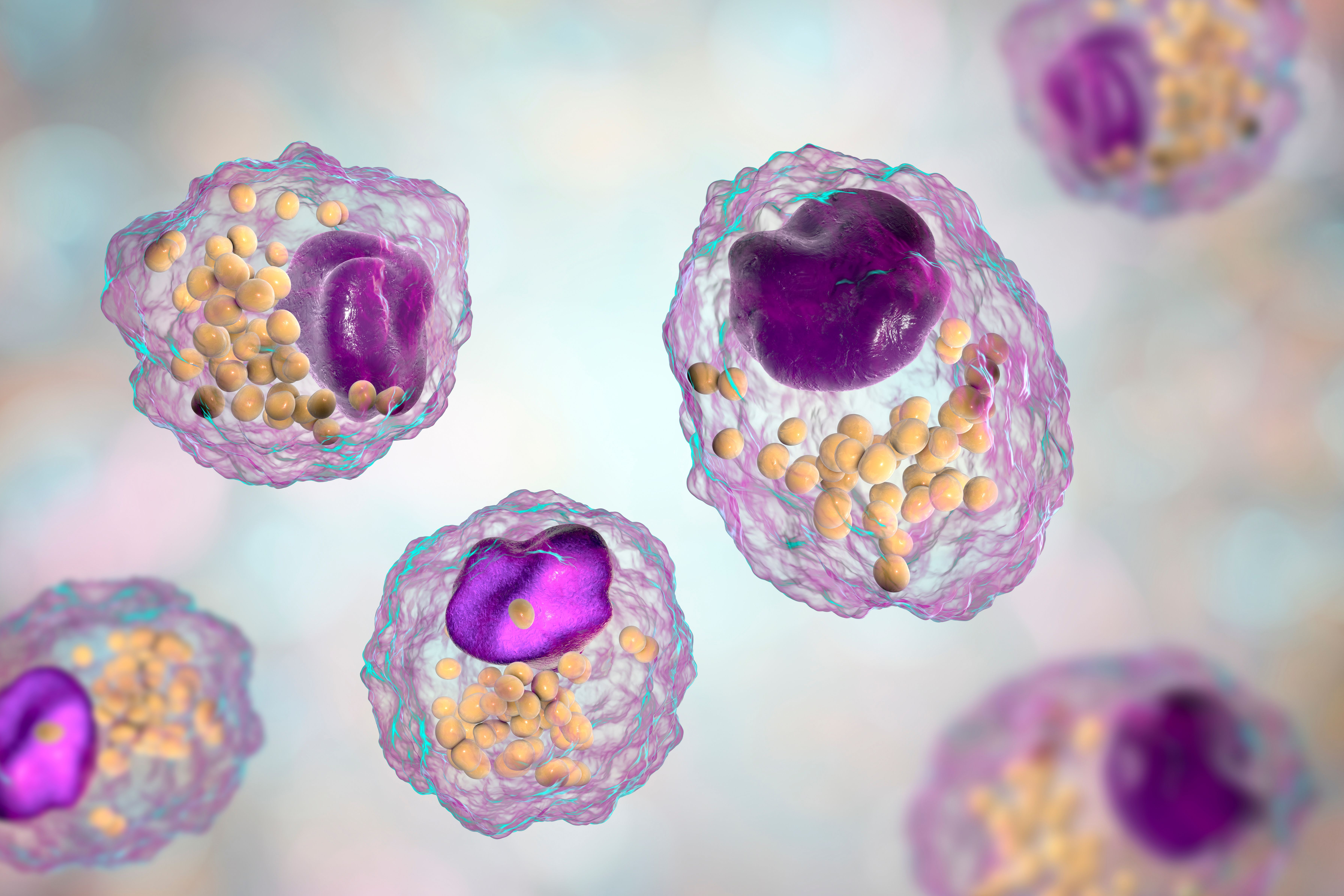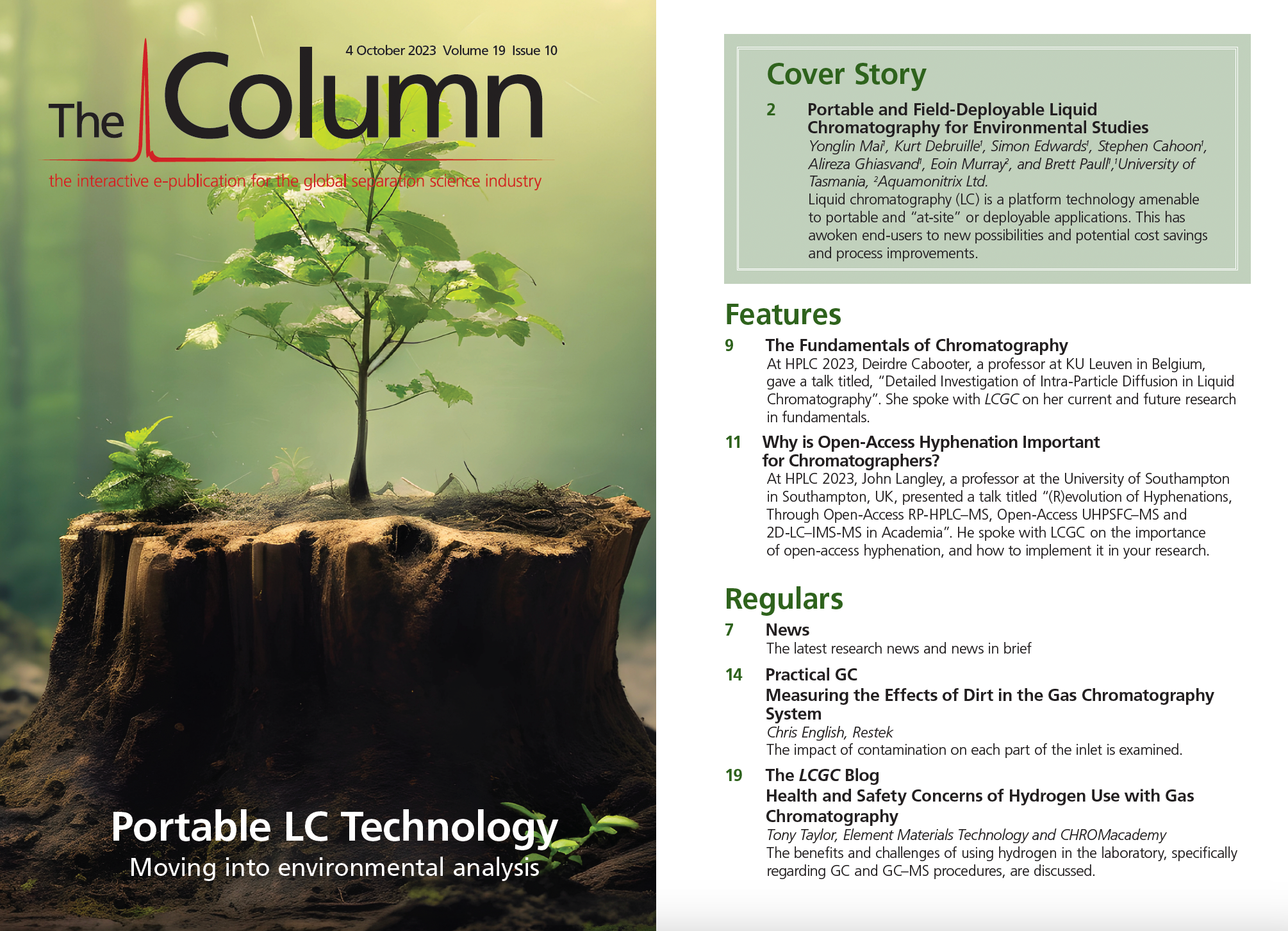Characterizing Nonpolar Sterol Lipids Using Novel N–H Aziridination Method
A recent study published in the Journal of American Society of Mass Spectrometry introduced a new method for characterizing nonpolar lipids (1).
Researchers from Texas A&M University, in Lubbock, Texas, USA, discussed how this novel method, called N–H aziridination, advances lipidomics and analytical chemistry.
Foam cell, a macrophage cell with lipid droplets | Image Credit: © Dr_Microbe - stock.adobe.com

Nonpolar lipids play a crucial role in various biological functions and can exist in multiple isomeric forms (1). Accurately characterizing them has long been a challenge (1). The N–H aziridination method that the researchers proposed in the article was designed to target carbon–carbon double bonds (C=C bonds) in nonpolar sterol lipids (1).
What sets this approach apart is its ability to generate specific fragment ions for determining the position of C=C bonds and fingerprint fragments for characterizing the lipid backbone (1). As a result, the N–H aziridination method could be beneficial in potential applications ranging from disease diagnosis to drug development.
In the study, the researchers demonstrated that aziridination of sterols provides distinct fragmentation pathways for chain and ring C=C bonds, enabling the identification of sterol isomers like desmosterol and 7-dehydrocholesterol (1). Furthermore, aziridination aids in identifying the sterol backbone by offering unique tandem mass spectra, providing researchers with a comprehensive view of these complex molecules (1).
Another important feature of the N–H aziridination method is its quantitative capacity. The researchers tested this capability in the study and found that the method had a limit of detection (LOD) of 10 nM in a solvent mixture of water and methanol (1). By using mouse prostate cancerous tissues, the researchers proved that the technique can be applied to complex biological samples (1). The team concluded that there were differences between the nonpolar lipid profiles of cancerous and healthy samples, which means that the method could be used for diagnostic applications of biological samples (1).
Reference
(1) Hirtzel, E.; Edwards, M.; Freitas, D.; et al. Aziridination-Assisted Mass Spectrometry of Nonpolar Sterol Lipids with Isomeric Resolution. J. Am. Soc. Mass Spectrom. 2023, 34 (9), 1998–2005. DOI: 10.1021/jasms.3c00161

LC–MS/MS-Based System Used to Profile Ceramide Reactions to Diseases
April 26th 2024Scientists from the University of Córdoba in Córdoba, Spain recently used liquid chromatography–tandem mass spectrometry (LC–MS/MS) to comprehensively profile human ceramides to determine their reactions to diseases.
The 26th Norwegian Symposium on Chromatography
March 29th 2024The 26th Norwegian Symposium on Chromatography was held 21–23 January 2024. The symposium has strong traditions in the Norwegian separation science community, serving as a forum for excellent scientific talks, networking, and social events.